Our directions
* Causes, signs of fallopian tube obstruction, diagnosis, treatment
Types, symptoms and treatment of ovarian cysts
Classification of ovarian cysts
In medicine there is a clear classification of this benign disease:
- Follicular cyst. It is diagnosed in women most often, the reason for the formation is the "maturation" of the follicle in the ovary without its rupture, which occurs normally. This type of cyst often disappears on its own - it is resorbed after menstruation.
- Hemorrhagic cyst. It is formed if a vessel ruptures inside the corpus luteum or follicle.
- Dermoid cyst. Signs of a dermoid ovarian cyst will appear in adolescence, when a girl begins puberty, and this is due to the fact that this type of tumor belongs to the category of congenital.
- Functional cyst. It is often called a corpus luteum cyst, but in gynecological practice it is rarely diagnosed. The causes of ovarian corpus luteum cysts are not yet fully understood, many doctors associate this pathological process with hormonal disorders.
- Endometrioid cyst. This is a manifestation of endometriosis, when the mucous membrane of the uterus begins to grow actively and extends beyond the cavity.
- Dysontogenetic cyst. It is formed only in those cases when the ovary develops incorrectly in girls during puberty.
How an ovarian cyst manifests itself
Signs of pathology:
- "Unauthorized" discharge of blood from the vagina
- persistent violation of the menstrual cycle
- problems with urination - in the process, a woman feels pressure in the lower abdomen
- the appearance of pain in the lower abdomen during exercise
- severe pain during menstruation
- unpleasant sensations during sexual intercourse.

Treatment of ovarian cysts
Service packages
Our advantages
* High qualification
* A wide range of specialties
* Affordable prices
* Discounts on software services
* Round-the-clock work
* The contact center is open 24/7
Choose your specialist
Choose the nearest clinic
ISO certificates
Welfare Medical Network
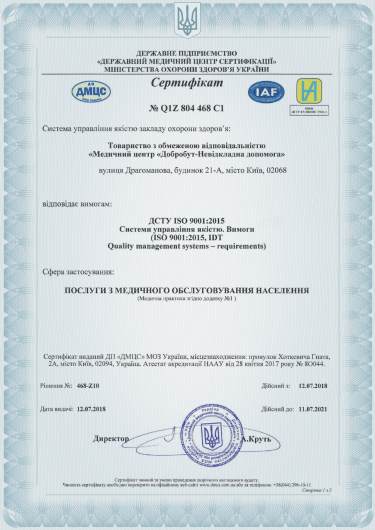
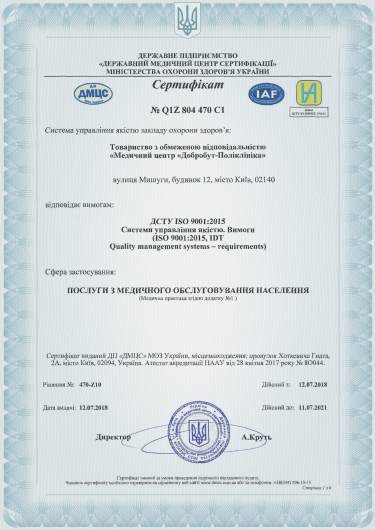
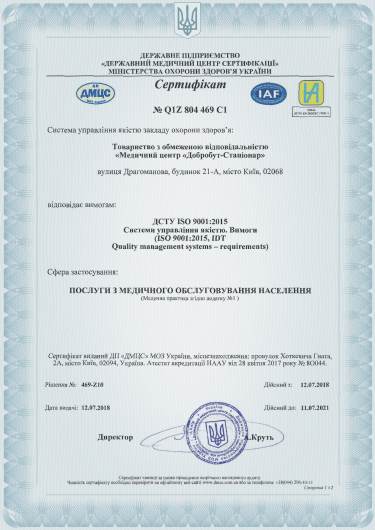
Accreditation certificates
Welfare Medical Network
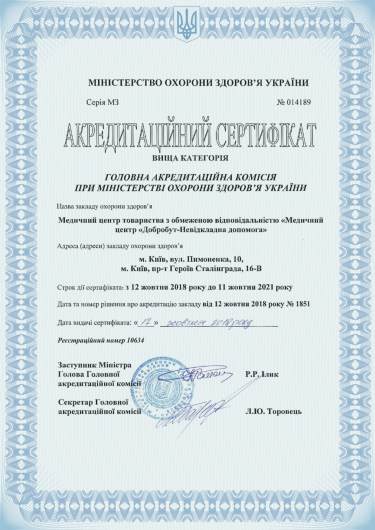
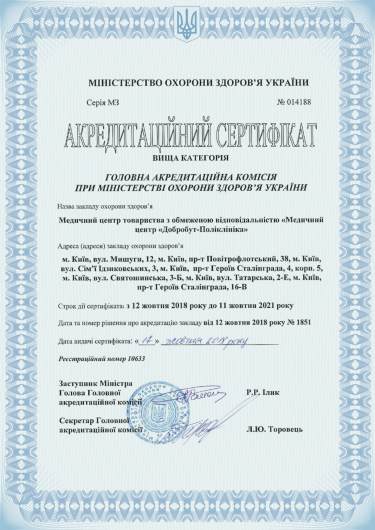
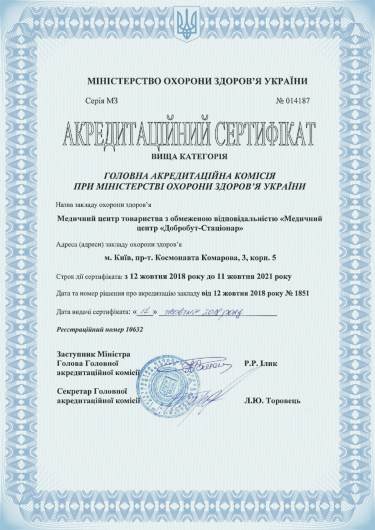
Licenses of medical practice
Welfare Medical Network
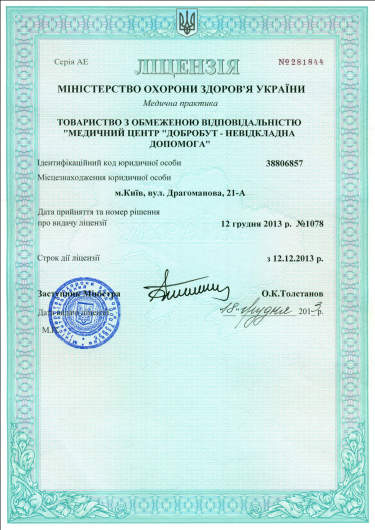
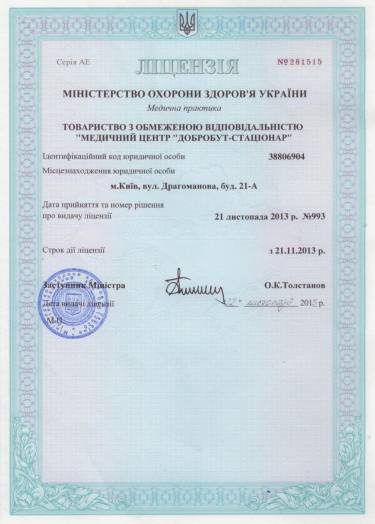
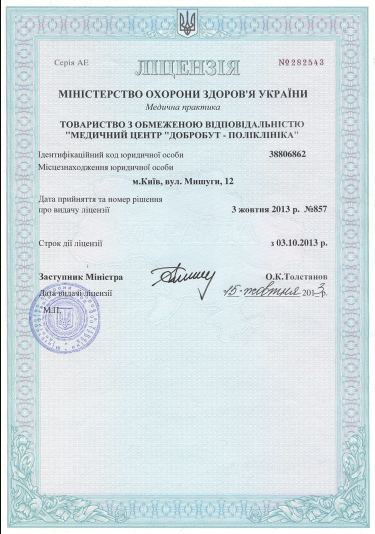
Terms of online services
Public contract for the provision of medical services
Terms of vaccination services
Patient verification
2012 - 2025 Dobrobut MN. All rights reserved


























%402x.png)
%402x.png)
